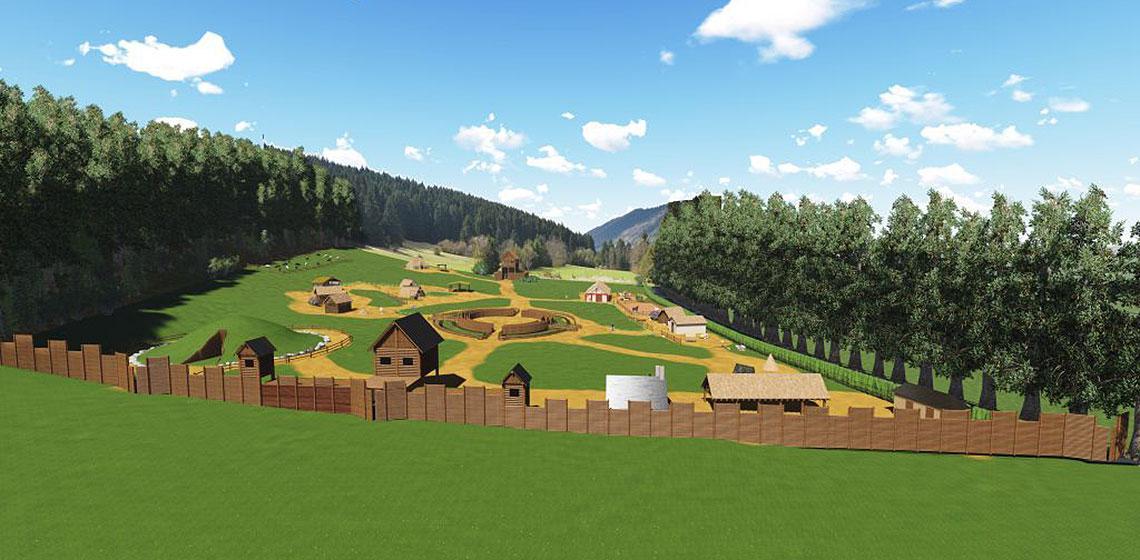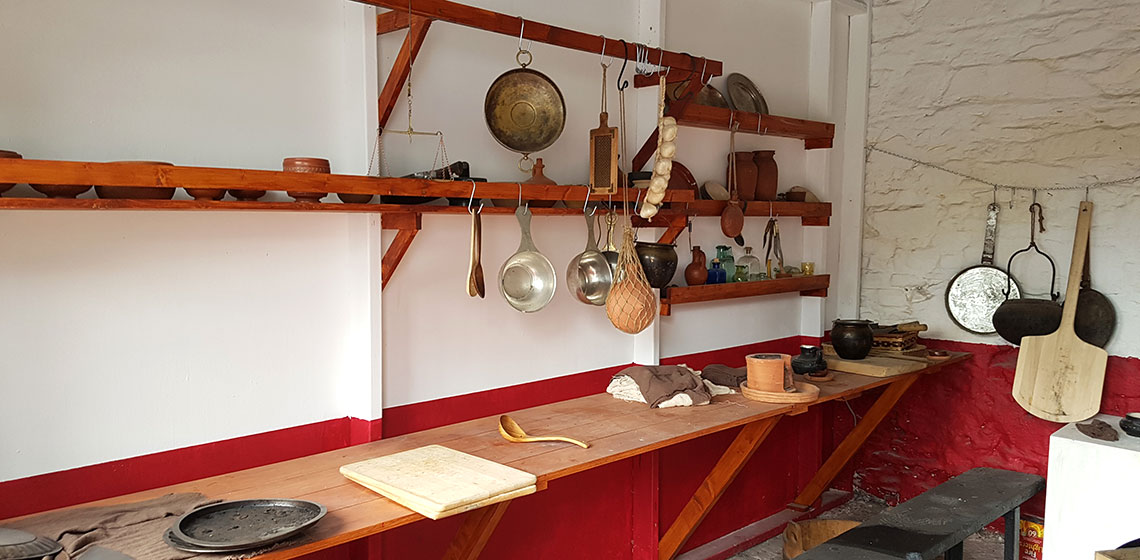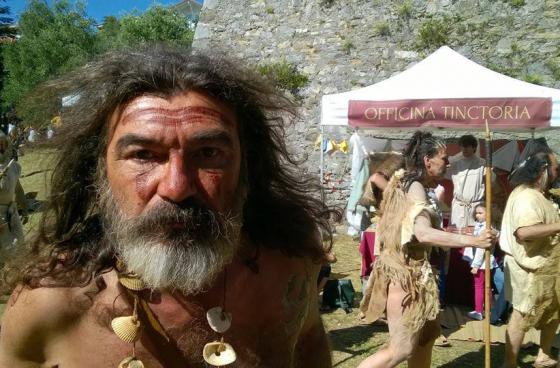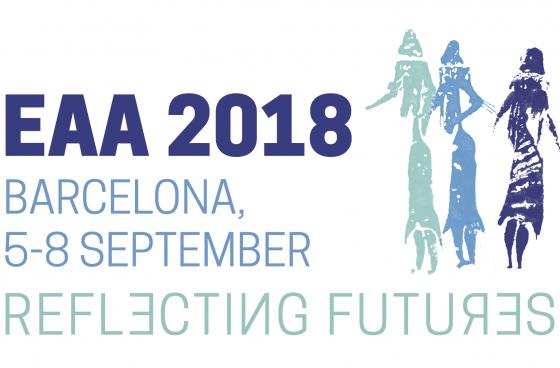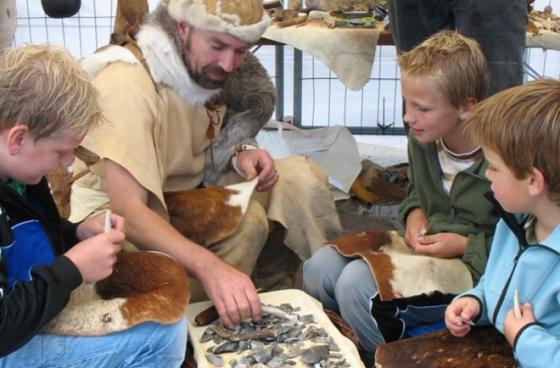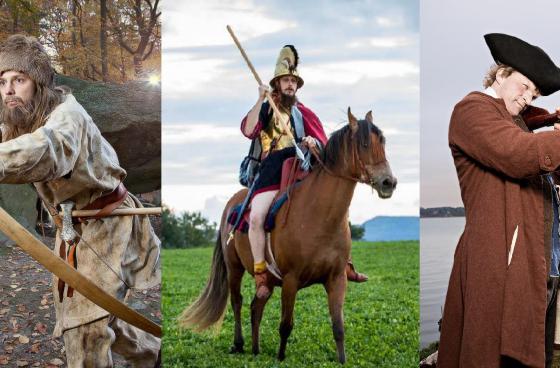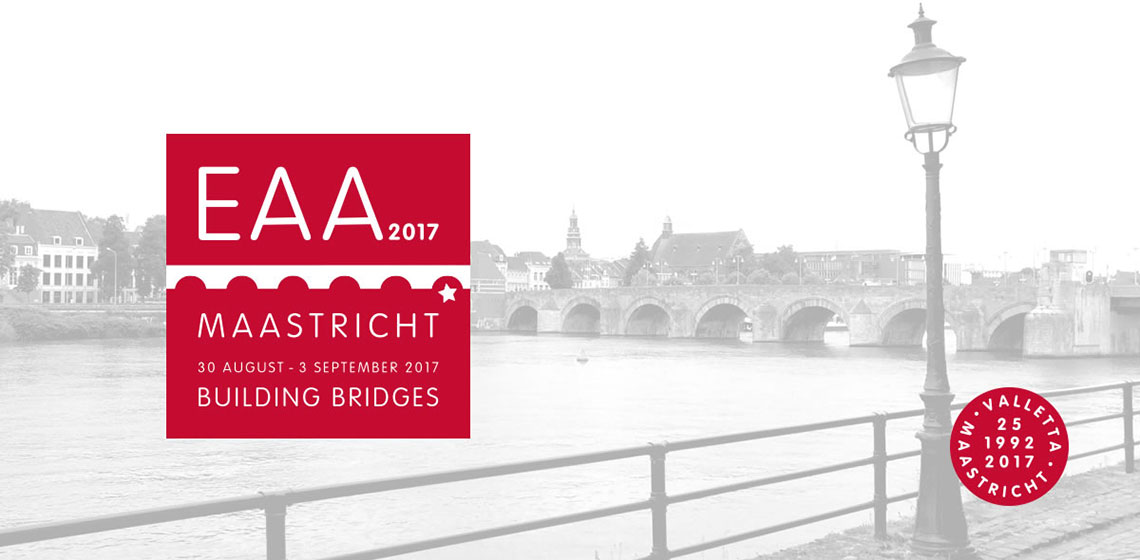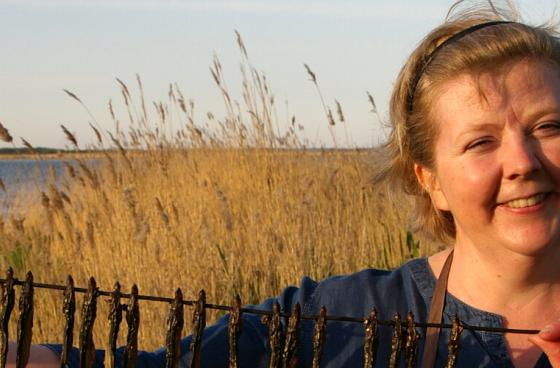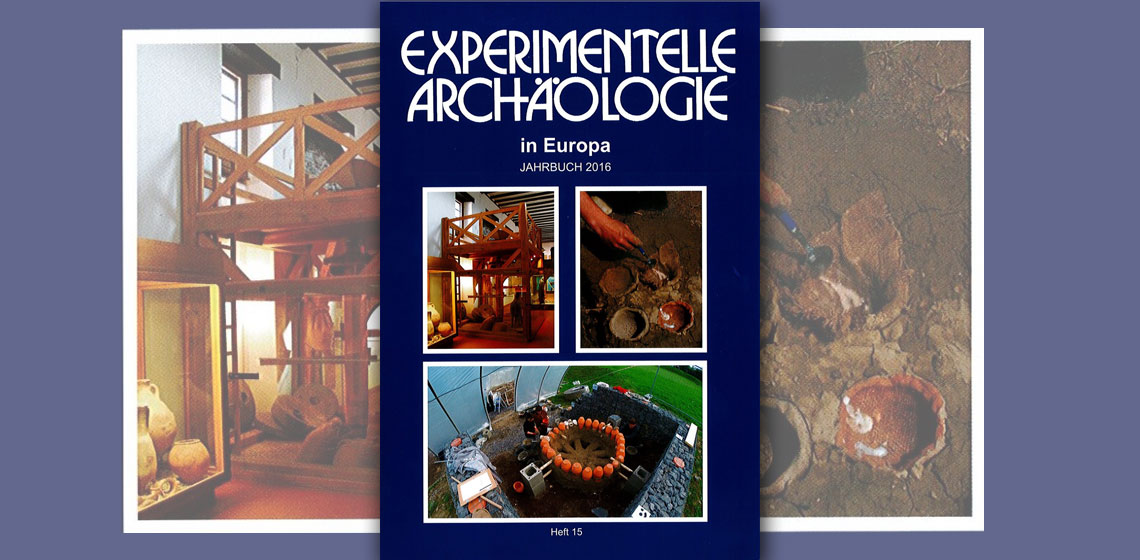Archeoparc Liptovia (SK)
Civic organisation Archeopark Liptovia is a voluntary organization associating people with an interest in presentation, protection, research and education in historical, cultural, folklore, national and natural heritage of Slovakia and Liptov region.
Archeopark Liptovia is a unique project of living ancient village consisting of a complex of prehistoric buildings, which is documenting the settlement of Slovakia from the Stone Age to the Great Migration period.

